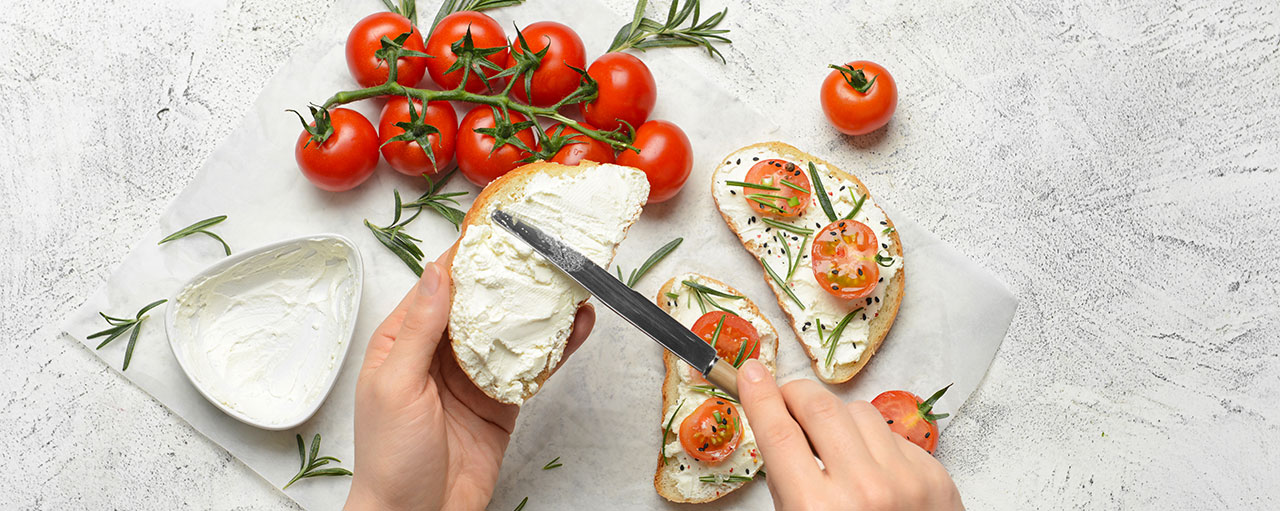Xanthan Gum
Naturally occurring polysaccharides from higher plants and seaweeds have been in use for a long time. Microbial polysaccharides however have only been discovered relatively recently. Xanthan gum was the second microbial polysaccharide to be commercialized. As a result, more gums were discovered and patented. Xanthan gum is a bacterial polysaccharide produced industrially on a large scale.
Applications
More information
Regulatory Status
FAO/WHO - Codex Alimentarius
Xanthan gum has been given an Acceptable Daily Intake (ADI) of "not specified" by the FAO/WHO Joint Expert Committee on Food Additives (JECFA).
European Union
Xanthan gum (E 415) is listed in Annex II of Regulation (EC) No 1333/2008 of the European Parliament and of the Council of 16 December 2008 on food additives. Where for particular food categories a limited dosage may apply mostly “quantum satis” applies in many food categories.
Manufacture
Fermentation > Sterilization > Separation > Drying > Grinding
Production sites
Cargill produces xanthan gum in the following plant:
- Baupte (France) ISO 9001:2008 - FSSC 22000:2013 certified
A producer of biopolymers since 1983, Cargill has extensive knowledge ranging from raw materials through to finished products.
Each production batch is produced under controlled conditions to ensure consistency of performance in application in compliance with Cargill's ISO certifications.
All xanthan gum produced at Cargill is manufactured with the highest degree of safety and environmental stewardship.
Some Cargill products are only approved for use in certain geographies, end uses, and/or at certain usage levels. It is the customer's responsibility to determine, for a particular geography, that (i) the Cargill product, its use and usage levels, (ii) the customer's product and its use, and (iii) any claims made about the customer's product, all comply with applicable laws and regulations.

